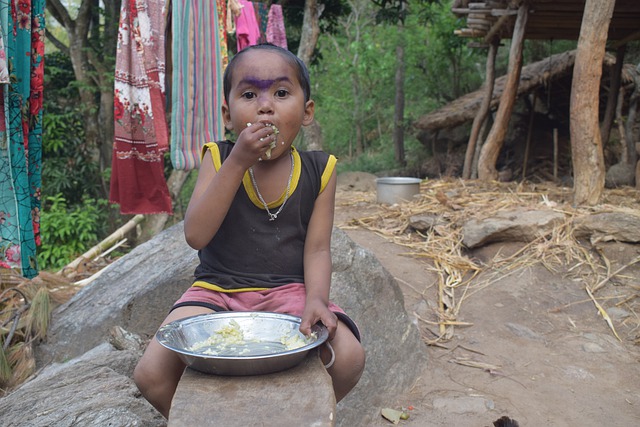The Pandemic Heightened the Threat of Child Hunger, While Efforts to Prevent it Have Failed

Hi, I am Betty Knight, Owner of this site! I…
In 2020, the Coronavirus pandemic took over the world in various ways. In addition to causing deaths and inciting fear in people everywhere, the pandemic also caused the economy to collapse and child hunger to worsen.
Prior to the pandemic, children in the United States were given hot meals at school during their lunch, this easing a small burden for parents struggling to make ends meet. However, when the pandemic forced a global lockdown to take place, many parents lost their jobs, thus resulting in them facing financial instability.
When hunger and food insecurity takes place in a person’s life, this means that one lacks adequate food for them to be adequately nourished. While food insecurity has hugely negative impacts on the lives of adults, it is worse for children and has severe health complications that could lead to hospitalization. A lack of access to food can also negatively impact their social and cognitive functioning.
In various parts of the world, there were programs set up to provide school children with free meals or meals at reduced prices. Unfortunately, when the global lockdown took place, these children could no longer eat food that cost less or nothing. However, volunteers and beneficiaries did their best to try and fund as many meals as possible so that school children wouldn’t go hungry.
It is also important to note that back in 2016, the percentage of food-insecure households facing financial difficulties was less than 13%, but due to the pandemic in 2020, this number has risen to 12-38%. Data from Feed the Children shows that one in six children lives in poverty, thus accounting for over 16% of the overall population. In other words, this means that out of the total US population, 16% of the population is made up of children under the age of 18.
According to a study conducted in 2018, Feed the Children discovered that 10% of American families heavily relied on the Supplemental Nutrition Assistance Program, or SNAP, in order for them to feed their children. Out of this 10%, nearly half of them lived in poverty or below the poverty line. Please note that SNAP benefits only include groceries, plants, and seeds for growing food. Still, it does not include vitamins or medicines, cleaning supplies, toilet paper, diapers, or heated food items.
In other parts of the world, one out of nine children suffers from both severe poverty and extreme hunger. While food drive programs and volunteers are doing their best to ensure that many children don’t go hungry, additional barriers prevent children from getting those meals. For example, parents may lack the transport required to go and collect food, or they may not have the money to pay for gas to drive to the location of the meals. Additionally, parents might work extra shifts to compensate for a spouse’s lost income. Unfortunately, these barriers can sometimes prevent children from getting food, thus putting both child and family in a difficult situation.
Conclusion
In conclusion, while we’ve realized that the pandemic has heightened the threat of child hunger, measures have been put in place to try and help as many children as possible from going hungry. Children in underdeveloped countries go hungry every single day. To make matters worse, they lack access to proper water and sanitation facilities, so children are dehydrated and malnourished. If you’d like to make a difference, we’d urge you to find an organization working to stop child hunger and donate money or food items. If you cannot donate, find an organization and do your best to spread awareness about this worthwhile cause on social media.
What's Your Reaction?
Hi, I am Betty Knight, Owner of this site! I am a 'nearing 30-year-old', happily married to 1 awesome man. We live in the beautiful tourist town of Franklin NY.



